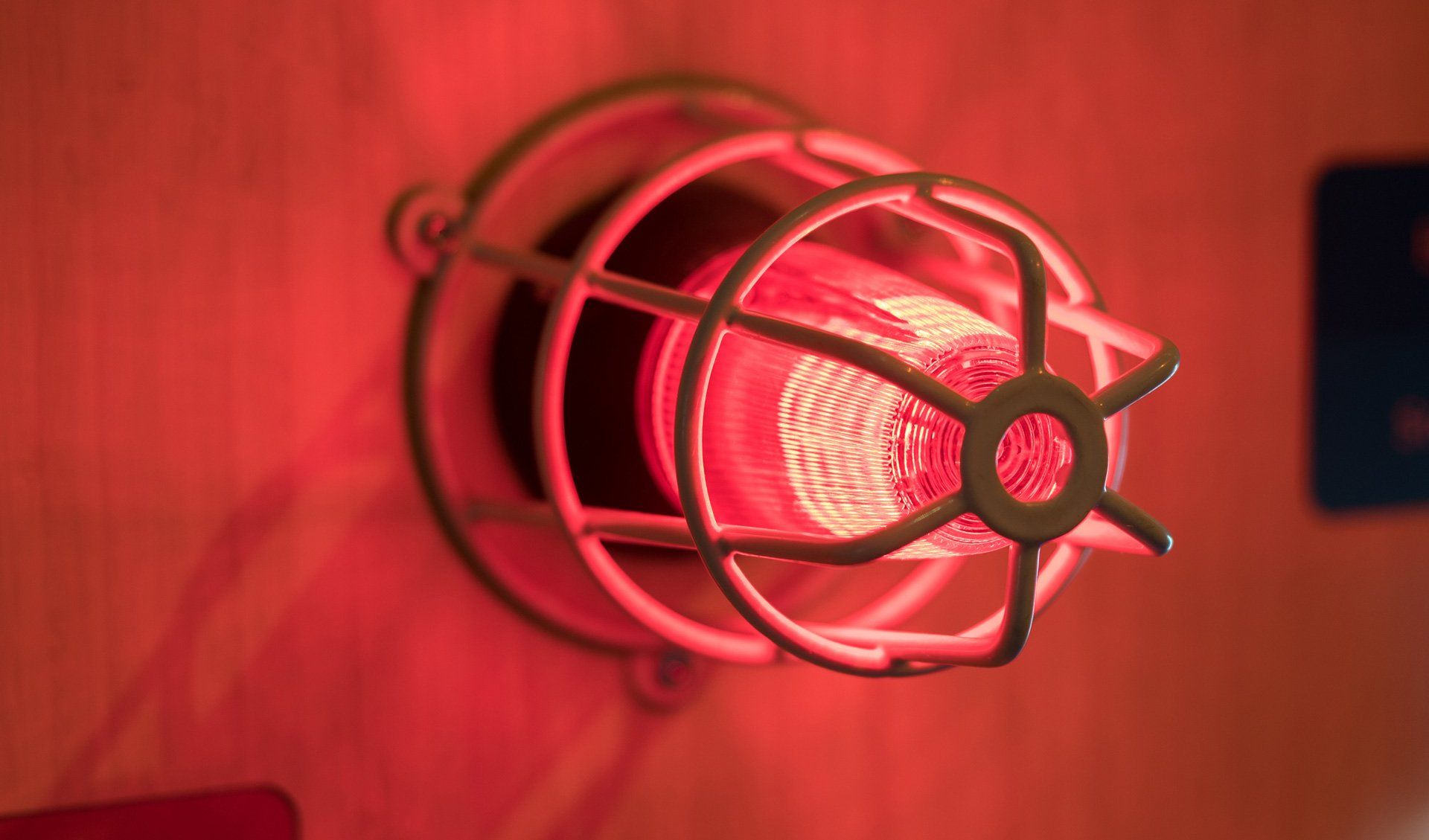Reliable Emergency Light Testing in Greater Sydney
Emergency Exit Lighting
When a building has a power outage, the emergency lights turn on automatically. These lights are battery-powered so that they are separate from any power grid. They help give occupants light in emergencies so that people can evacuate safely and easily. They also allow emergency personnel to see better without power.
An Australian Requirement
Emergency lights are now standard in many high-occupancy buildings, such as apartment complexes and dormitories, and commercial buildings. Some buildings require emergency lighting to be to code, and Eagle Fire Protection often installs emergency lights in older buildings to bring them up to Australian Standards and to code.
Our Solutions
At Eagle Fire Protection, we bring you the solutions you need for emergency situations. Our emergency lights are durable and reliable. They last at least for the minimum time required, and we can make them last longer as needed. We install, maintain, inspect, test and repair your lights for you anywhere in Greater Sydney.
An emergency lighting system must be installed:
- in every fire-isolated stairway, fire-isolated ramp or fire-isolated passageway, and
- in every storey of Class 5, 6, 7, 8 or 9 buildings where the storey has a floor area of more than 300 m2
- in every passageway, corridor, hallway, or the like that is part of the path of travel to an exit; and
- in any room having a floor area of more than 100 m2 that does not open to a corridor or space that has emergency lighting or to a road or open space; and
iii. in any room having a floor area of more than 300 m2; and
- in every passageway, corridor, hallway, or the like, having a length of more than 6 m from the entrance doorway of any sole-occupancy unit in Class 2 or 3 building or Class 4 part of a building to the nearest doorway opening directly to –
- a fire-isolated stairway, fire-isolated ramp or fire-isolated passageway; or
- an external stairway serving instead of a fire-isolated stairway under D1.8; or
iii. an external balcony leading to a fire-isolated stairway, fire-isolated ramp or fire-isolated passageway; or
- a road or open space, and
- in every required non-fire-isolated stairway; and
- in a sole-occupancy unit in Class 5, 6 or 9 building if –
- the floor area of the unit is more than 300 m2; and
- an exit from the unit does not open to a road or open space or to an external stairway, passageway, balcony or ramp leading directly to a road or open space; and
- in every room or space to which there is public access in every storey in Class 6 or 9b building if?
- the floor area in that storey is more than 300 m2; or
- any point on the floor of that storey is more than 20 m from the nearest doorway leading directly to a stairway, ramp, passageway, road or open space, or
iii. egress from that storey involves a vertical rise within the building of more than 1.5 m, or any vertical rise if the storey concerned does not admit sufficient light; or
- the storey provides a path of travel from any other storey required by (i), (ii) or (iii) to have emergency lighting; and
- in a Class 9a healthcare building –
- in every passageway, corridor, hallway, or the like, serving a treatment area or a ward area, and
- in every room having a floor area of more than 120 m2 in a patient care area, and
- in every Class 9c aged care building, excluding sole-occupancy units, and
- in every required fire control centre.
The BCA also states the following requirements for Exit signs.
E4.5 Exit Signs
An exit sign must be clearly visible to persons approaching the exit and must be installed on, above or adjacent to each:
- door providing direct egress from a storey to –
- an enclosed stairway, passageway or ramp serving as a required exit; and
- an external stairway, passageway or ramp serving as a required exit; and
iii. an external access balcony leading to a required exit; and
- door from an enclosed stairway, passageway or ramp at every level of discharge to a road or open space; and
- horizontal exit; and
- door serving as, or forming part of, a required exit in a storey required to be provided with emergency lighting in accordance with E4.2.

